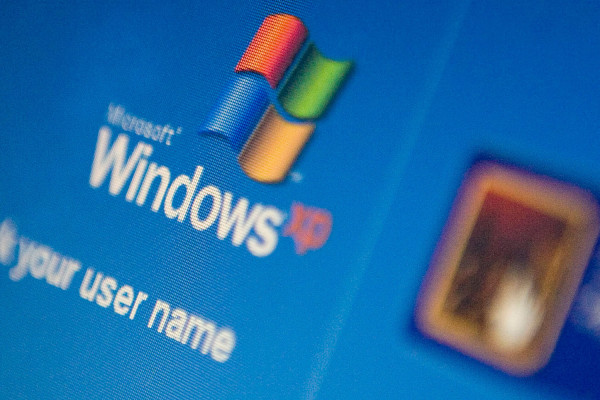
DDoS and data theft
Nowadays we are constantly hearing and reading about these DDoS and data theft attacks that big companies are getting from no more than 20 people in their rooms wearing neckbeards, fedoras and sweatpants.
How long will it take for them to figure that you could be next?
Could you imagine one day that you are not able to access your self-hosted corporate email, because a DDoS?
What about your website, or your self-hosted database across the country?
What if your entire customers database leaked out due of a data theft and all of your clients’ personal info, like social security number or credit cards fall in the wrong hands?
Well, you could do what mayor companies do to avoid such security bridges. Hire a knowledgeable updated team of I.T. support staff, pay for more bandwidth, research stronger firewalls, guess which kind of security appliances to get, buy updated servers hoping they are configured according to your company needs, and so on…
On the other hand, you can ask for our help, we can get you analyzed and point you in the right direction for free!
Why risk being sorry when you can be sure that these trending attacks do not happen to you?
In our analysis we:
- Do a hardware assessment, getting you more bang for your buck
- Analyze the security flaws in your network and issue you a complete report on them
- Show you existing high-risk software/practices and make you aware of any dormant malware waiting to be activated remotely..
- Increase your existent security with up to date best practices and so on!
So call us now, and find out how to get our free analysis, only you can prevent it!
But, what is an DDoS and why is so dangerous about it?
A denial-of-service (DDoS) attack is an attempt to make a machine or network resource unavailable to its intended users.
It generally consists of efforts to temporarily or indefinitely interrupt or suspend services of a host connected to the Internet.
To clarify, “distributed denial-of-service attacks” are sent by two or more people, or bots, as of 2014, the frequency of recognized DDoS attacks had reached an average rate of 28 per hour.
Perpetrators of DoS attacks typically target sites or services hosted on high-profile web servers such as banks, credit card payment gateways, and even root nameservers.
Denial-of-service threats are also common in business, and are sometimes responsible for website attacks.


